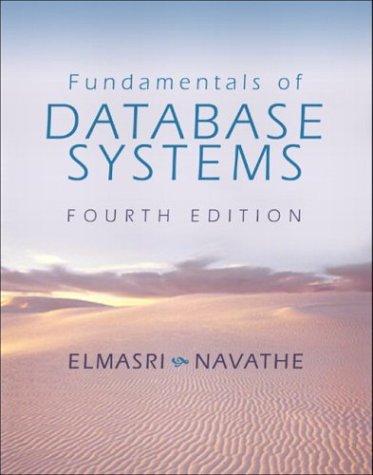Answered step by step
Verified Expert Solution
Question
1 Approved Answer
Please post screenshots of the racket execution as well Problem 2 [10pt] Implement the following three functions in hw3.rkt and submit your code to hw3-code

Please post screenshots of the racket execution as well
Problem 2 [10pt] Implement the following three functions in hw3.rkt and submit your code to hw3-code Gradescope assignment. You may NOT use any of Scheme's imperative features (assignment/loops) or anything else not covered in class. You should use Racket (https://racket-lang.org) for your implementation. For all problems, you can assume all inputs obey the types as specified in a problem. a) (4pts) Define a function funpower in Racket. funpower takes in two arguments f (a function) and n (a non-negative integer), and returns a new function that applies f n times. For example (funpower sqrt 2) is a function that applies sqrt to input two times. ((funpower sqrt 2) 16) should evaluate to 2. b) (4pts) Define a function encode in Racket. encode takes in a non-negative integer number n, and returns a function which takes in another function f as argument and returns a function that is equivalent to fn (applying f to input n times). For example (((encode 2) sqrt) 16) should evaluate to 2. When n is 0, fn should be the identity function id(x) = X. c) (2pts) Define a function decode in Racket. decode should take the result of encode applied to a non- negative integer and gives back the non-negative integer. For example (decode (encode 3)) should evaluates to 3. #lang racket (define (double x) (* 2 x)) ; a helper function for testing code. (define (funpower f n) (lambda (x) x)) ((funpower sqrt 2) 16) ; should evaluate to 2 ((funpower double 0) 3) ; should evaluate to 3 (define (encode n) (lambda (f) f)) (((encode 2) sqrt) 16) ; should evaluate to 2 (define (decode n) 0) (decode (encode 5)) ; should evaluate to 5 Problem 2 [10pt] Implement the following three functions in hw3.rkt and submit your code to hw3-code Gradescope assignment. You may NOT use any of Scheme's imperative features (assignment/loops) or anything else not covered in class. You should use Racket (https://racket-lang.org) for your implementation. For all problems, you can assume all inputs obey the types as specified in a problem. a) (4pts) Define a function funpower in Racket. funpower takes in two arguments f (a function) and n (a non-negative integer), and returns a new function that applies f n times. For example (funpower sqrt 2) is a function that applies sqrt to input two times. ((funpower sqrt 2) 16) should evaluate to 2. b) (4pts) Define a function encode in Racket. encode takes in a non-negative integer number n, and returns a function which takes in another function f as argument and returns a function that is equivalent to fn (applying f to input n times). For example (((encode 2) sqrt) 16) should evaluate to 2. When n is 0, fn should be the identity function id(x) = X. c) (2pts) Define a function decode in Racket. decode should take the result of encode applied to a non- negative integer and gives back the non-negative integer. For example (decode (encode 3)) should evaluates to 3. #lang racket (define (double x) (* 2 x)) ; a helper function for testing code. (define (funpower f n) (lambda (x) x)) ((funpower sqrt 2) 16) ; should evaluate to 2 ((funpower double 0) 3) ; should evaluate to 3 (define (encode n) (lambda (f) f)) (((encode 2) sqrt) 16) ; should evaluate to 2 (define (decode n) 0) (decode (encode 5)) ; should evaluate to 5Step by Step Solution
There are 3 Steps involved in it
Step: 1

Get Instant Access to Expert-Tailored Solutions
See step-by-step solutions with expert insights and AI powered tools for academic success
Step: 2

Step: 3

Ace Your Homework with AI
Get the answers you need in no time with our AI-driven, step-by-step assistance
Get Started


